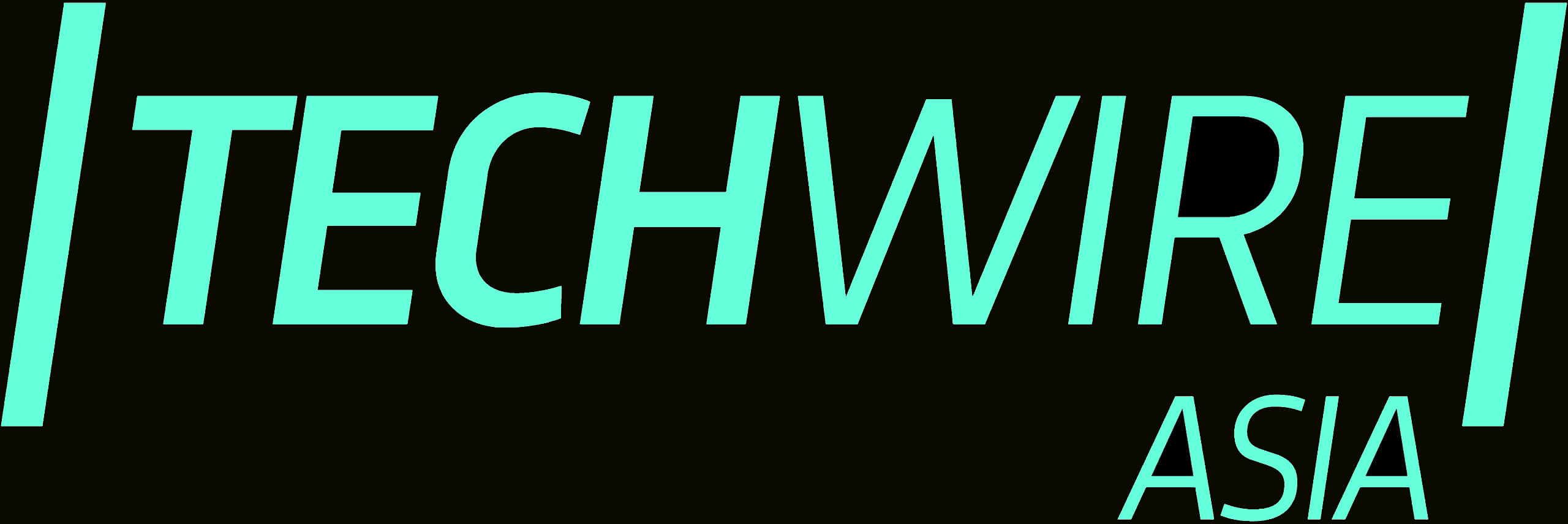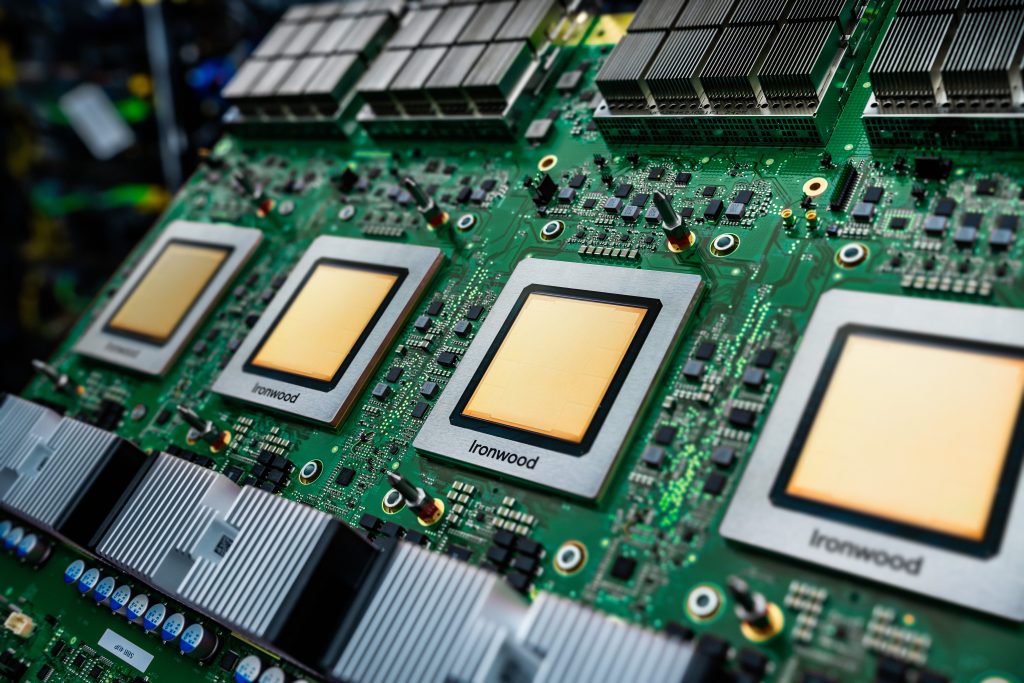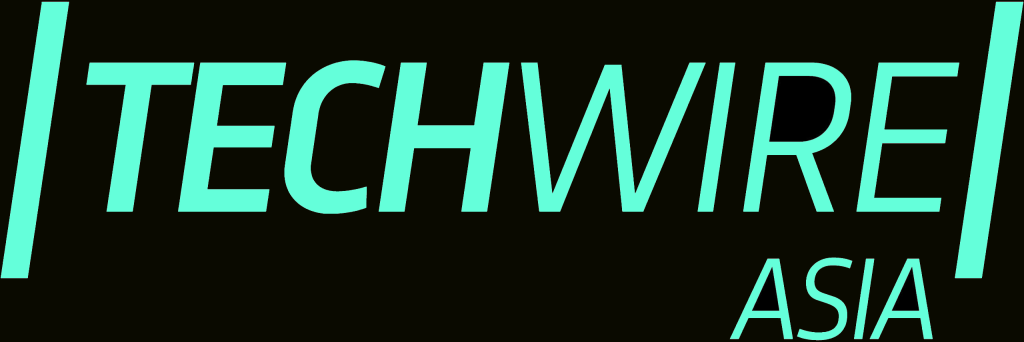- Binance back in business.
- Fiat currency exchanges now possible for US traders.
- International competition for geographic hub status.
US cryptocurrency platform, Binance.US has revealed it is accepting US dollar deposits and withdrawal after restoring USD fiat services. Customers of Binance.US can withdraw and deposit USD via ACH bank transfers with no fees and continue to use the platform’s features, including buying, selling, and converting the platform’s accepted 160 cryptocurrencies.
The re-opening of full trade comes 19 months after Binance.US paused USD transactions, which the company stated was “due to escalating regulatory challenges.” A key motive behind the move to limit its activities was the legal action taken against Binance, its founder and CEO Changpeng Zhao, and operator of its US exchange by the US Securities and Exchange Commission (SEC).
The SEC accused Binance of falsely inflating trading volumes to create a misleading impression of market activity. The company was also alleged to have misused customer funds, allowing US users to access its platform despite ongoing restrictions, and deceiving investors about its ability to monitor and prevent fraudulent trading activities.
At the time, Binance.US cited the SEC’s “extremely aggressive and intimidating tactics” as a primary reason for disruptions to its services.
During the suspension, the company announced that it was functioning as a “crypto-only exchange,” dealing with crypto-denominated deposits, trading, and withdrawals, not fiat currencies.
Binance back in business
The latest round of restoration of services came after a great deal of change in the cryptocurrency landscape, including Zhao stepping down as CEO and Binance reaching a settlement in the case by agreeing to pay US$4 billion to the US government. The US’s new president is highly supportive of cryptocurrency, and several cryptocurrency exchanges that had previously withdrawn from the US, due to strict regulations under the Biden administration, are now returning.
Interim CEO of Binance.US, Norman Reed, commenting on the significance of restoring fiat (USD) transactions, said, “The marks one of the most important chapters for Binance.US since July 2023, when we were forced to begin operating as a crypto-only platform. We have been looking forward to the day that we would be able to offer full USD services again.”
The new lease of life for Binance.US could be an indication of the market shifting toward a more stable and regulated environment, or, depending on your point of view, a less-regulated arena in which exchanges can act with greater degree of impunity.
International jostling for position
The current rise in the value of Bitcoin – due in part to the US administration’s proposals to include cryptocurrency in federal reserves and the incumbent president’s welcoming approach to digital currencies – has given fresh impetus to other geographies to position themselves as cryptocurrency ‘hubs’. Hong Kong and Singapore have taken steps to amend or enact regulatory measures that are accepting of cryptocurrencies, and various other APAC countries are circling the possibilities that digital currencies purport to offer.
Last year, Singapore’s Monetary Authority gave out more than a dozen MPI (major payment institution) licences to cryptocurrency exchanges, including Coinbase and Blockchain.com, up from the four such licences it granted in 2023.
Hong Kong’s licensing regulations are somewhat tighter than Singapore’s, due in part to the territory’s close ties with mainland China. The Chinese administration has a selectively positive and sometimes mercurial attitude to cryptocurrencies. As of the end of 2024, Hong Kong had licensed seven cryptocurrency exchanges, and is increasingly seen as friendly towards cryptocurrency trade.
The return of Binance to its full trading status will help the market’s geographic balance. The SEC’s acceptance of Binance.US back into the fold will bolster the US digital currency economy, if not for the collective good of the US people, then at least as a representation of its ‘America First’ economic policies.








